What is a Rammer Compactor and How Does It Work
Firm bases and foundations are essential for structural stability. Soil or dirt compaction is one of the best and most common ways to attain a stable base for construction. Compaction can be done by mechanized or non-mechanized methods depending on several factors. Rammer compactors are some of the widely used equipment in compaction for small to medium scale projects.
A rammer compactor is a handheld equipment with an engine or electric motor and a square-shaped pad (foot) that moves vertically at a high frequency to exert compaction force. The compaction force and frequency of rammer compactors can be adjusted depending on the material type and degree of compaction required. This makes it ideal for a variety of applications, including paving works. The portability and maneuverability of rammer compactors makes it ideal for remote projects in tight spaces and uneven terrain.
Contents
How a Rammer Compactor Works
The operation of a rammer compactor involves several parts working at the same. Some of these parts provide feedback to the operator while others facilitate the generation of the compacting force. The parts and how they work to deliver compaction force are discussed in detail below.
- Engine- This is the main component of a rammer compactor. The engine generates power used to move the foot for compaction to take place. The engine could be diesel or gasoline powered depending on the manufacturer. Electric rammer compactors have electric motors instead of engines.
- Spring and spring rod- The force generated by the engine or motor is transferred to the foot through a spring and spring rod. Piston movement pulls the spring rod up compressing the spring and pulling the foot up. The spring then stretches moving the foot and spring rod down with a force. This process is repeated at a high frequency to generate consistent compaction.
- Foot- The foot is also referred to as the rammer pad. This is the part in contact with the material under compaction. The foot is made up of hard iron or alloys to withstand the reaction force when impacting the material under compaction. Rammer compactors have different foot sizes depending on the engine or motor capacity.
- Handles- As stated earlier, rammer compactors are handheld equipment. The handle is where the operator holds the rammer and controls it while compacting. Handles are usually made of steel and coated with rubber for comfort.
- Throttle- Rammer compactors are adjusted to suit the material and required compaction density. The throttle lever is used to increase or reduce the engine power for desired compaction results. The throttle is pushed forward to increase the engine performance or pulled back to reduce it.
What Are Rammer Compactors Used For
The main use of rammer compactors in construction is compacting soils to required densities. There are a variety of compaction applications where are rammer compactor is used. These include;
Trench compaction
Trenching is one of the common construction activities. Trenches are dug for pipe-laying, drainage, electrical, and communication lines’ construction. For the safety of pipes and cables inside a trench, the base has to be compacted filled with proper bedding material. Rammer compactors can be easily maneuvered and operated in confined spaces hence used in trench compaction. I drainage construction, rammer compactors are used to stabilize the trench bottom for construction of inverts.
Pavement construction
Pavements require soil compaction for a stable base and subbase. Narrow pavements require compaction within limited space, making rammer compactors ideal for this application. The edges of the pavement need to be well compacted to prevent settling over time.
Advantages of Using a Rammer Compactor
Rammer compactors have several advantages over other compactors hence their popularity. Some of these advantages are discussed below.
- Portability- The size of rammer compactors makes it easy to move them around when need be. With engine-powered compactors, you can easily execute projects in remote areas without overspending on logistics. Rammer compactors are easy to maneuver in tight spaces making them ideal for indoors and confined compaction.
- Cheap labor- Rammer compactors don’t require specialized skills to operate. This implies that you have access to an unlimited supply of operators; low labor costs are incurred.
- Efficient compaction- The high-frequency compaction of rammer compactors ensures a consistent density is attained throughout the compacted area. Using these compactors eliminates possible human area that could be experienced when using non-mechanized compaction methods.
- Fast compaction- Time management is a critical element in construction. Using rammer compactors reduces the time spent on compaction in a construction project.
Disadvantages of Using a Rammer Compactor
The following are demerits of using rammer compactors in construction;
- Relatively expensive- Using a rammer compactor is relatively costly when compared to non-mechanized compaction methods. With engine-powered compactors, you will have to incur fuel costs to get work done.
- Environmental concern- Engine powered rammer compactors generate noise and exhaust fumes. These make it difficult to operate for long hours in enclosed spaces. Additionally, it’s difficult to work areas that prohibit noise, such as schools and hospitals. Carbon fuel used in engine-powered rammer compactors contribute to the carbon footprint and its adverse impacts.
- Fatigue- Vibrations generated by the engine and plate are transferred to the operator. This results in extreme fatigue after working for long hours. Some rammer compactors have dampers to reduce the vibration; but these are more expensive compared to those without damping.
Safety Precautions When Using a Rammer Compactor
Safety is a critical element in construction. While compacting using the rammer compactor, there are safety measures you should consider. These measures apply to the operator and third parties around the area under compaction. Safety measures to consider include;
- Protective clothing- Operators and people around the site should wear protective clothing to avoid injuries. The operator should wear an overall, a helmet, safety boots and gloves while working. Gloves prevent blisters from forming on the hand after gripping the compactor handle for a long time.
- Fencing off areas under compaction- The areas under compaction should be fenced off to prevent entry of unauthorized persons and objects. Minimal distractions ensure the operator is focused for a safe and efficient compaction process.
- Site clearance- Before compaction, the site needs to be cleared of all debris and sharp objects that might hurt the operator or damage the compactor. Additionally, debris around the area under compaction limits the quality of compaction needed.
Following safety guidelines is important for contractors and technicians on the site. It prevents accidents that could cause delays and have negative financial implications on the project.
Maintenance of The Rammer Compactor
Construction equipment need maintenance and proper usage for efficient performance. Rammer compactors need to be maintained after specified periods or working hours. Maintenance of rammer compactors include oiling of moving parts, cleaning filters and engine checks.
Some of the most common problems associated with rammer compactors are throttle failure and broken foot. Throttle failure is caused by disconnection of cables linking the lever to the engine due to vibrations of the engine. This is fixed by replacing broken cables and rejoining connections that are found loose. A broken foot could be as a result of tilting the rammer while in operation or compacting on hard substances such as rocks. Miner cracks and breakages on the foot can be fixed by welding; extreme cases require replacing the whole foot.
Conclusion
A rammer compactor is an essential piece of equipment in construction. It is used to compact material in tight spaces such as trenches and narrow pavements. The operation of a rammer compactor involves the working of an engine, spring and spring rod, a foot, and a throttle lever. Safety precautions should be taken into consideration when using a rammer compactor. The operator should have protective gear, including gloves to protect them from blisters. Oiling and engine checks are essential maintenance practices when using a rammer compactor. In most cases, users experience throttle failure due to vibrations of the rammer and broken foot when compacting on rocks and debris.
The introduction of rammer compactors has had a positive impact in the construction industry. It has made the compaction process cheaper and faster for small and medium scale projects. The compactors provide efficient results for construction of stable structures.
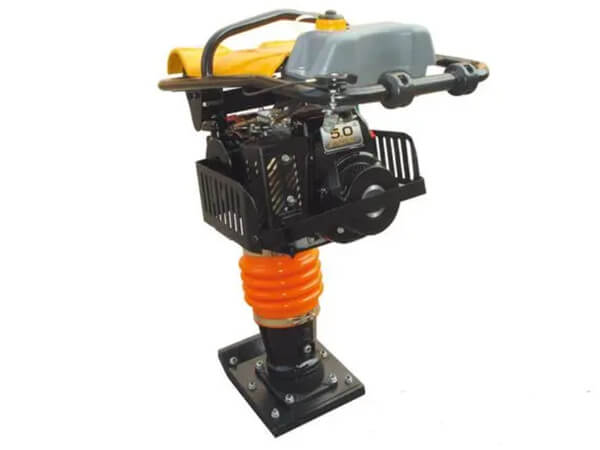
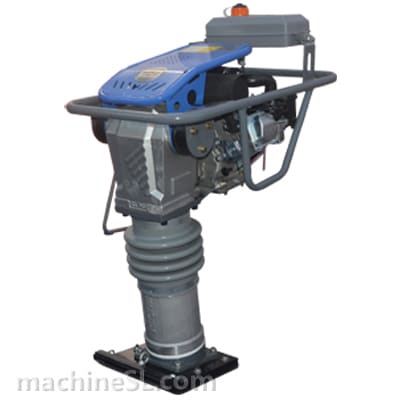
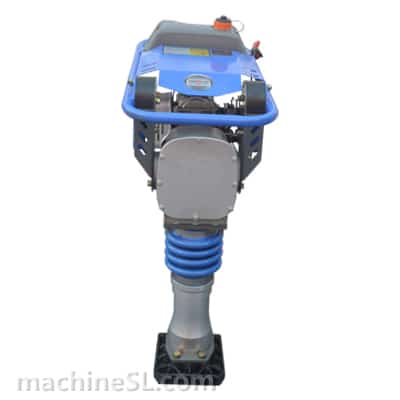
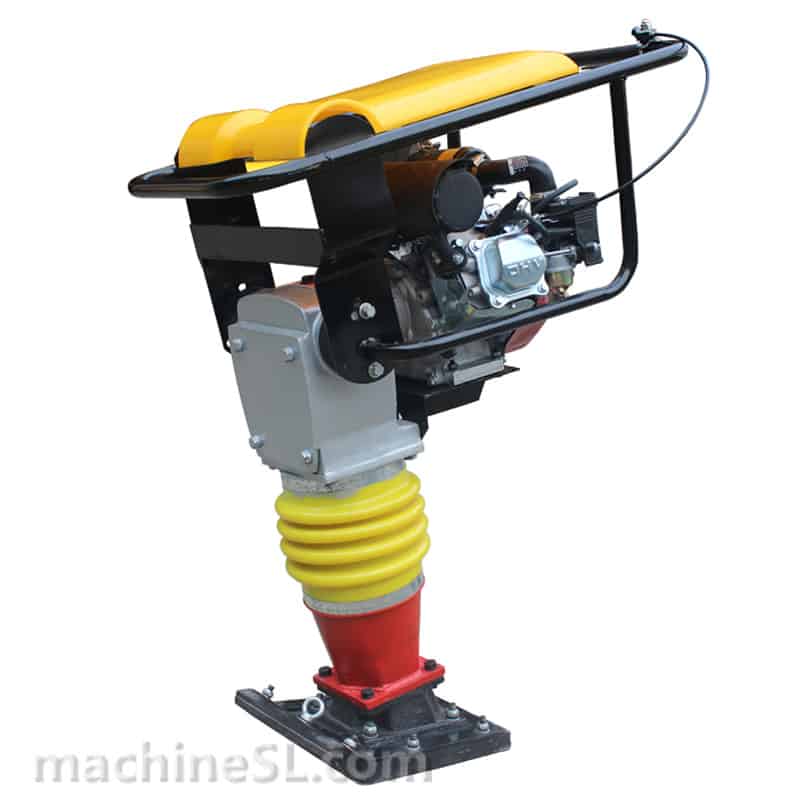
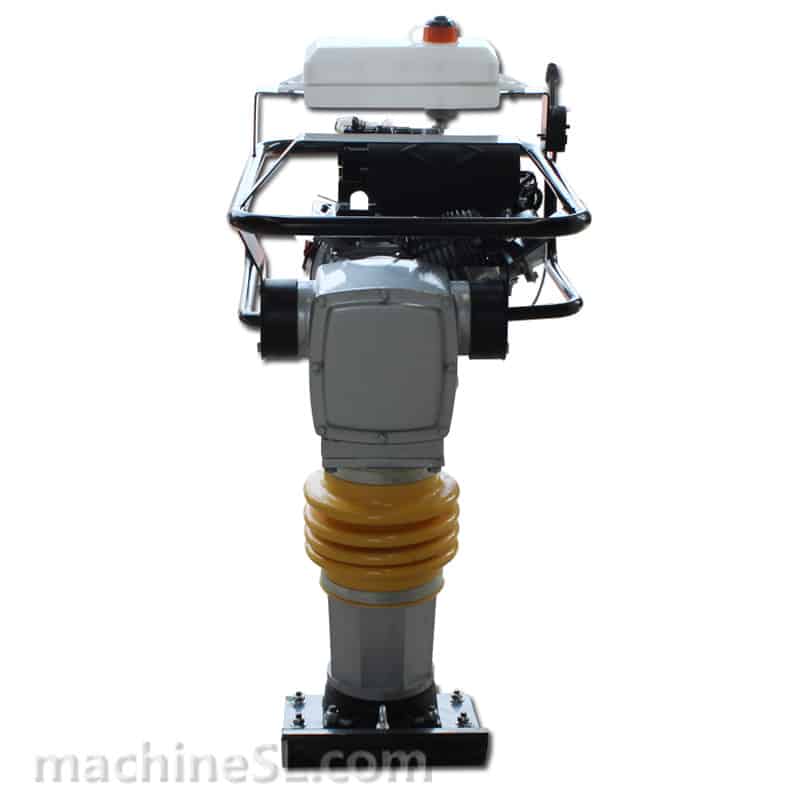
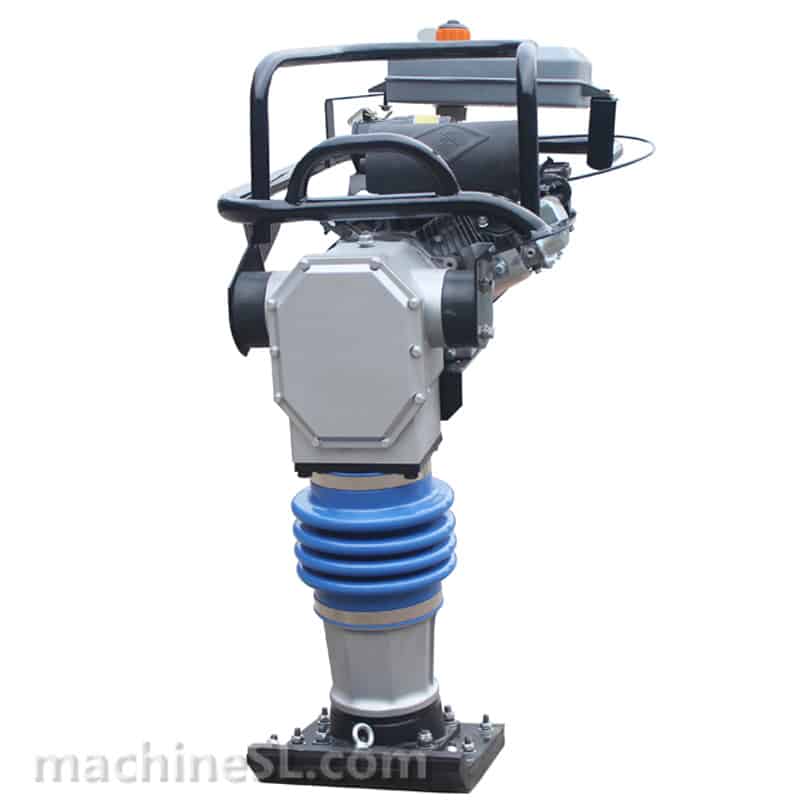
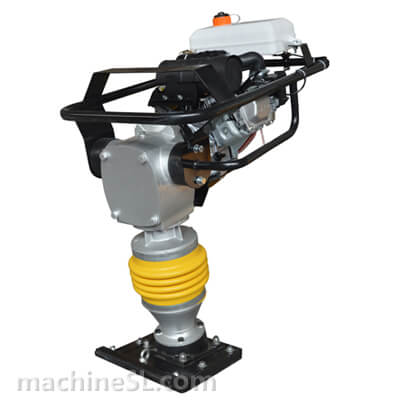
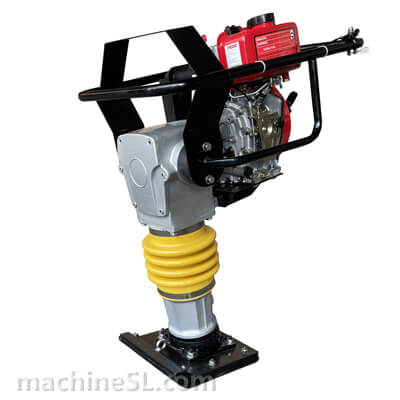
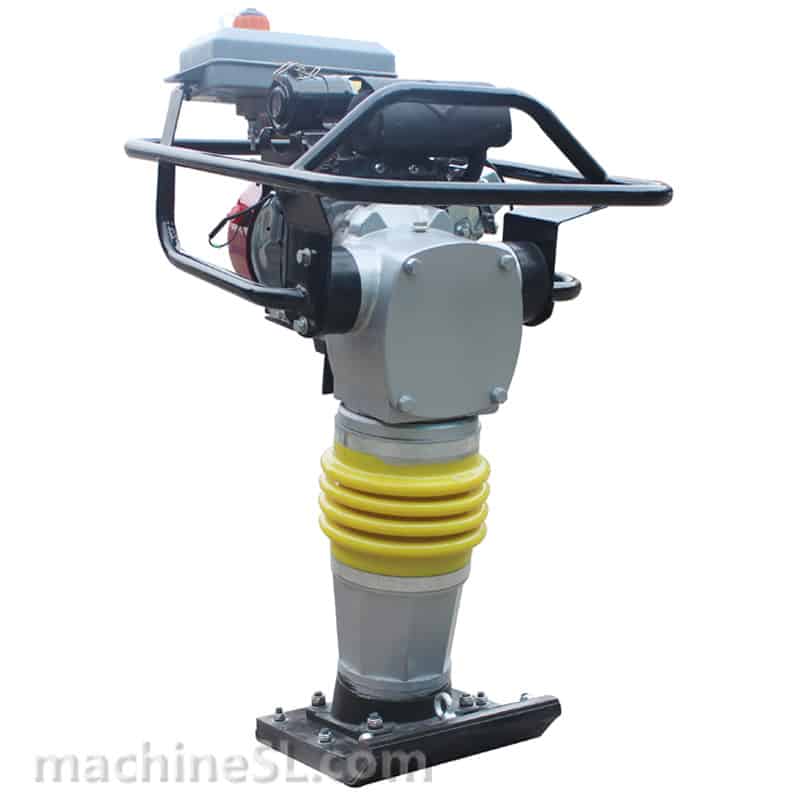
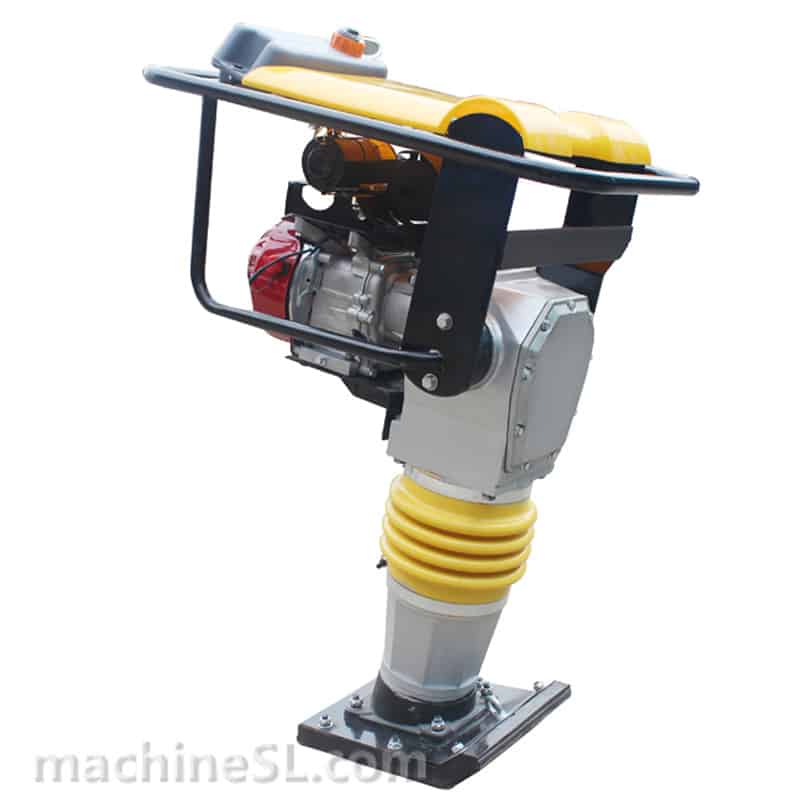
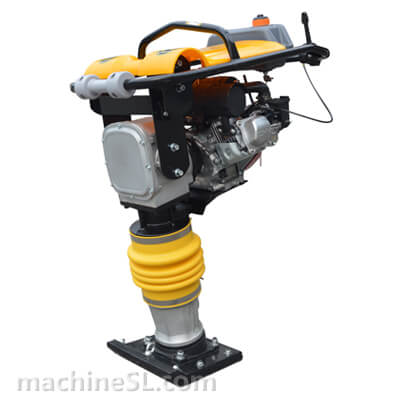
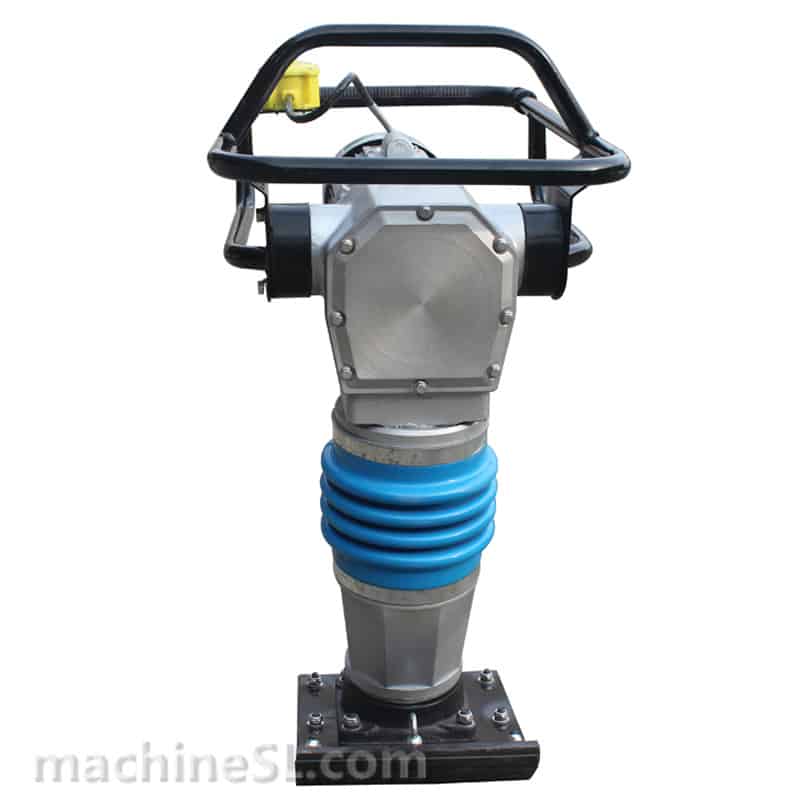
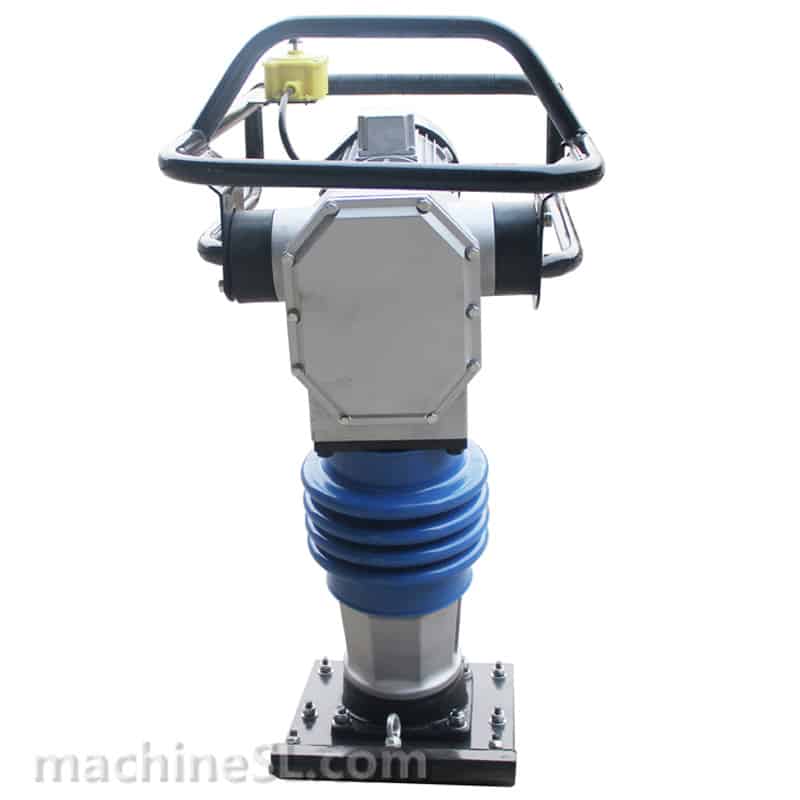
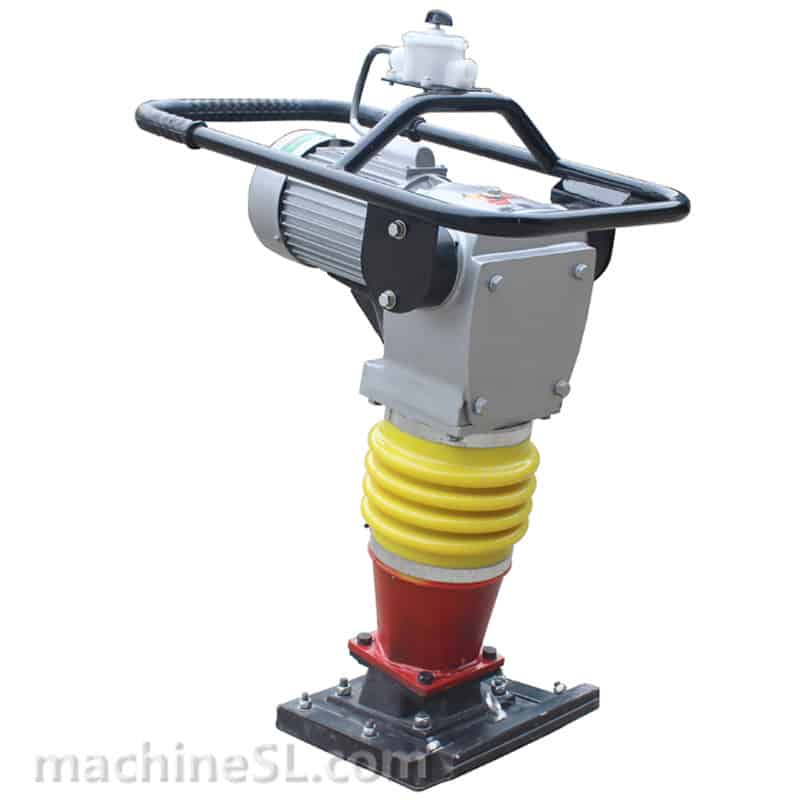
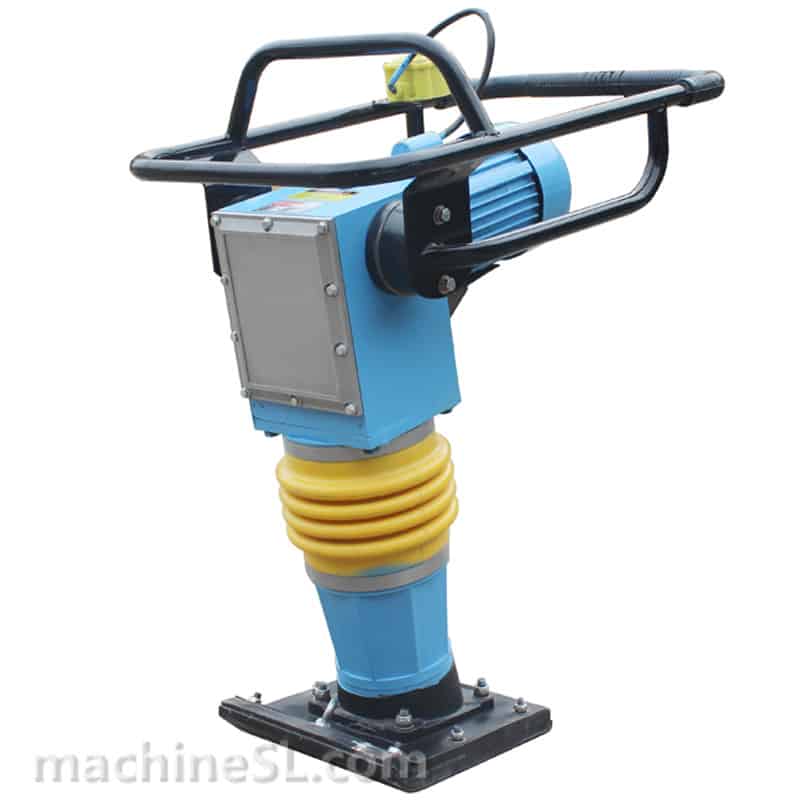
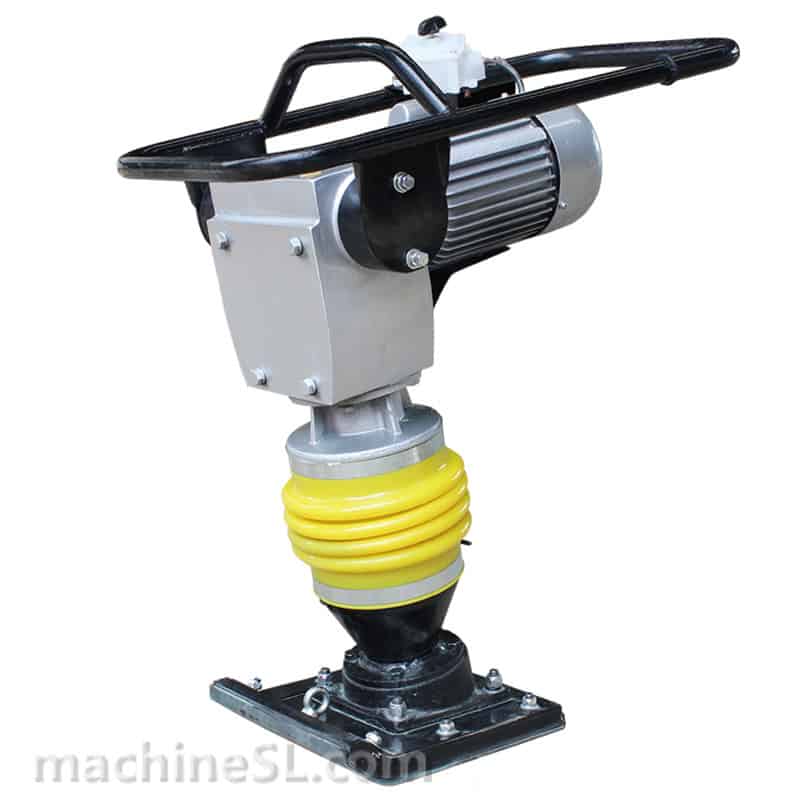
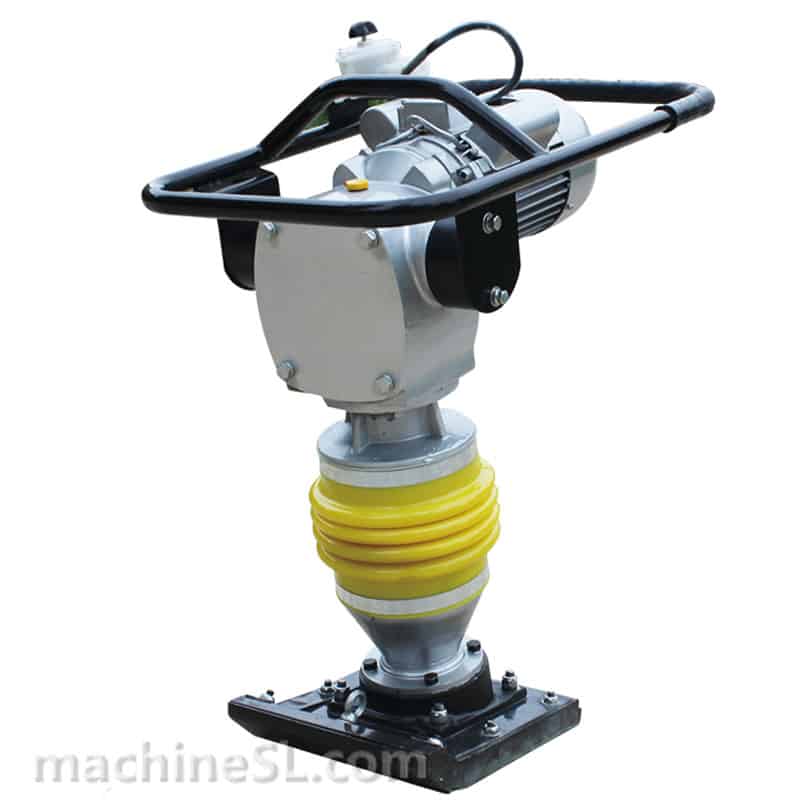
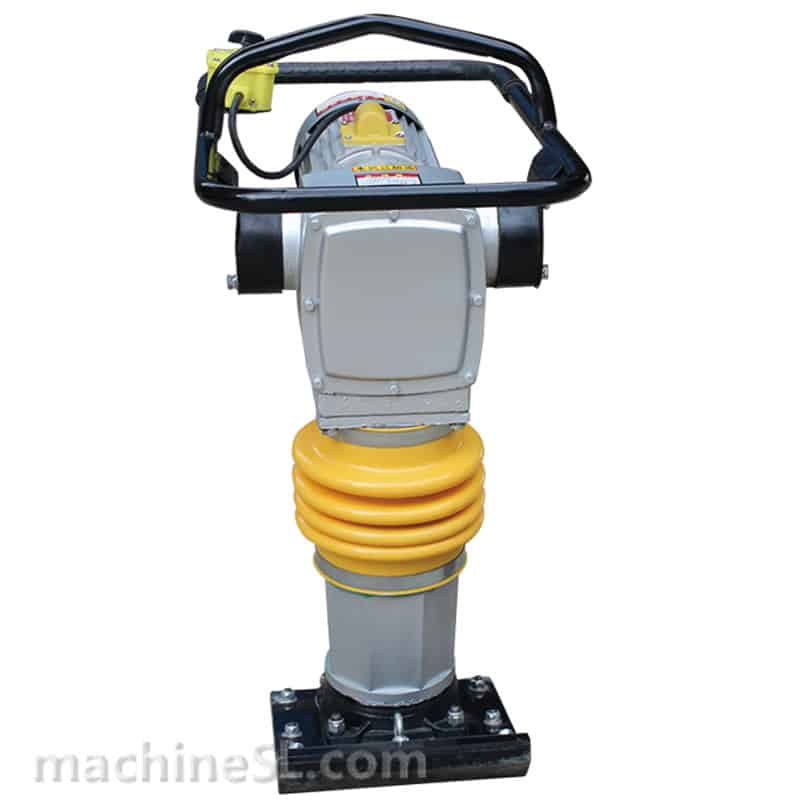
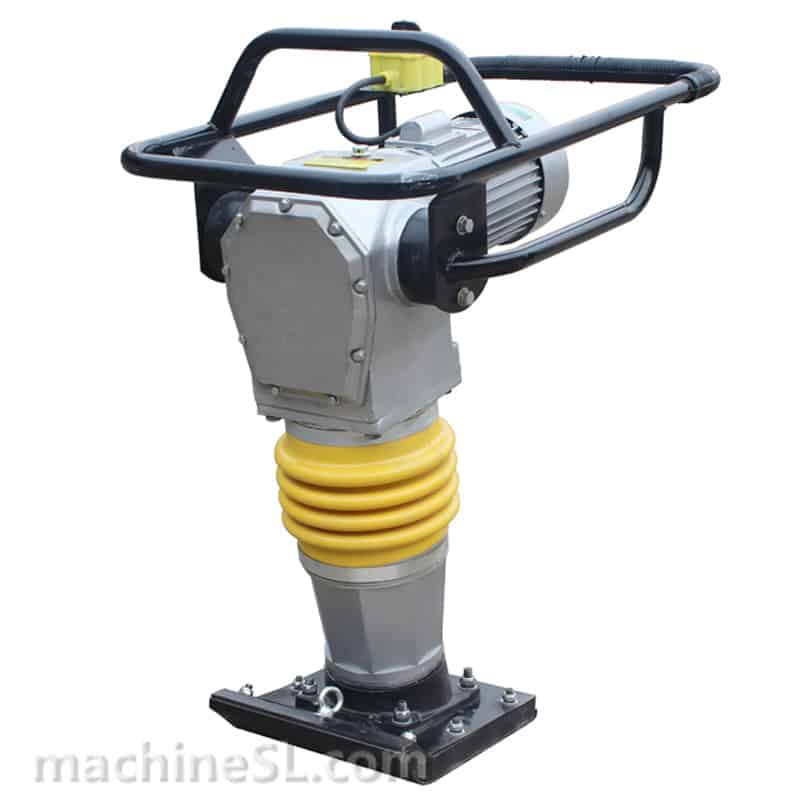
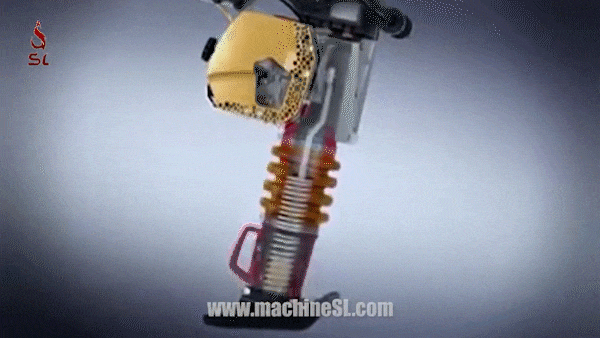
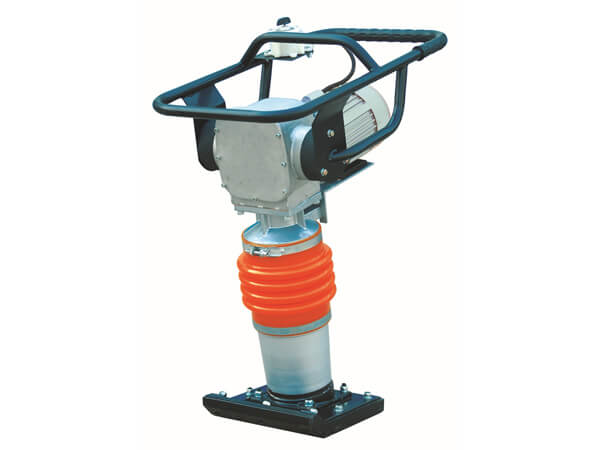
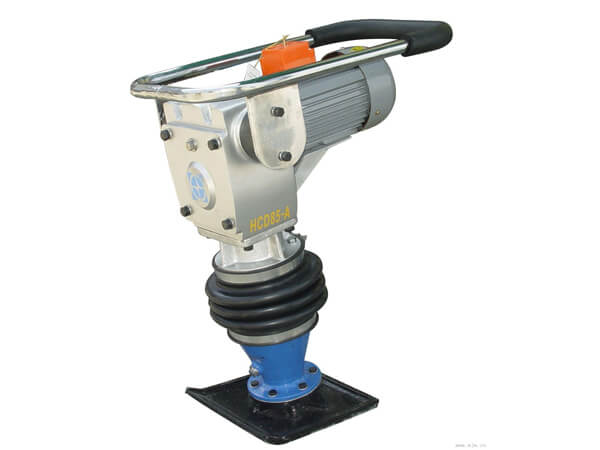
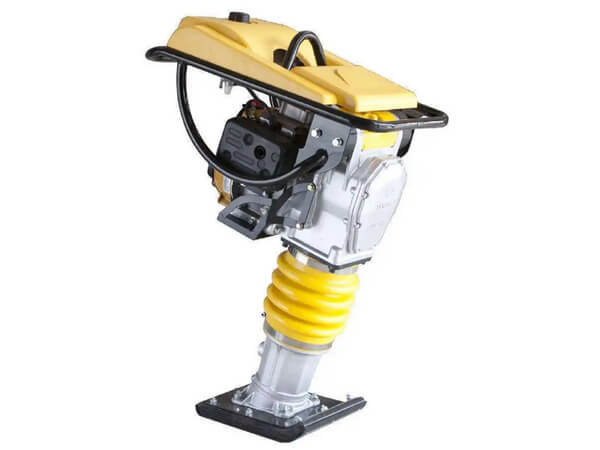
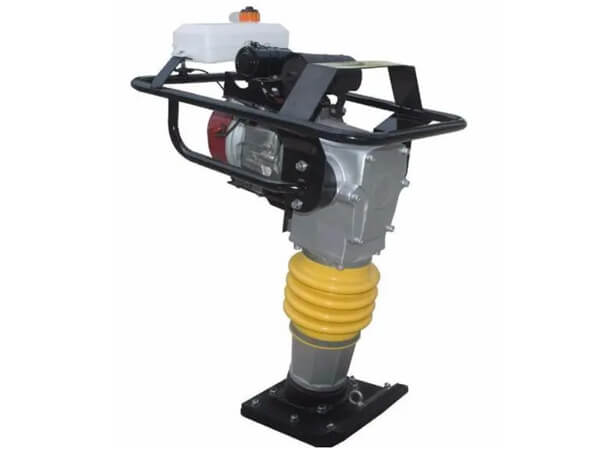
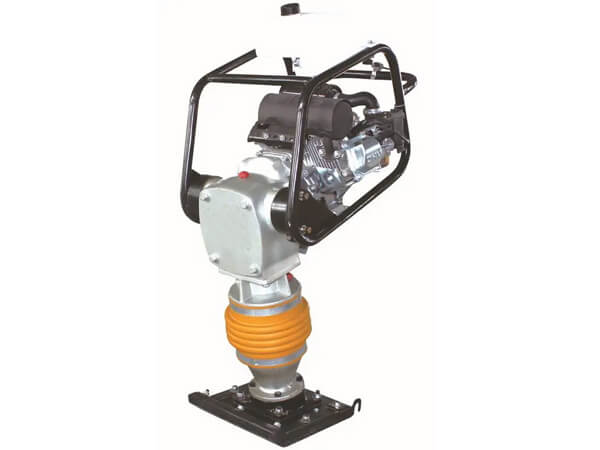
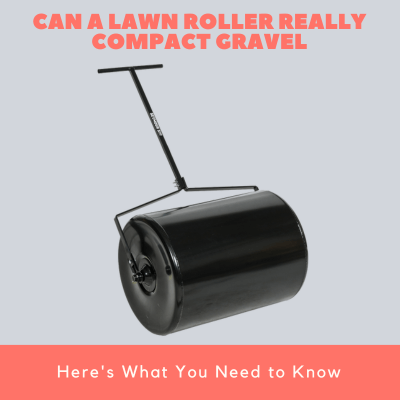
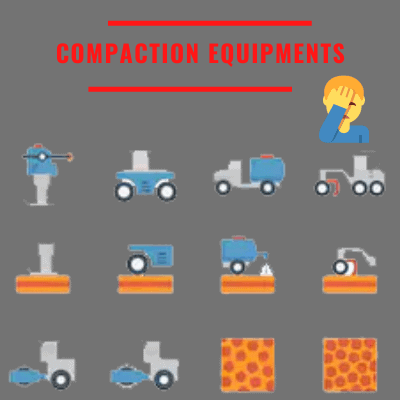
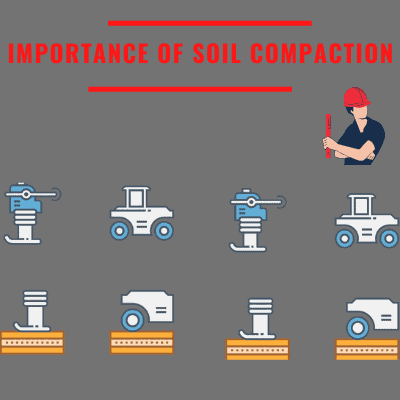
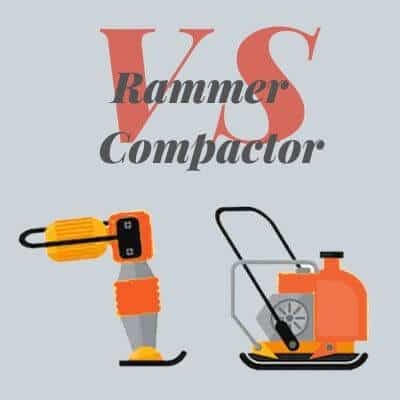

Leave A Comment